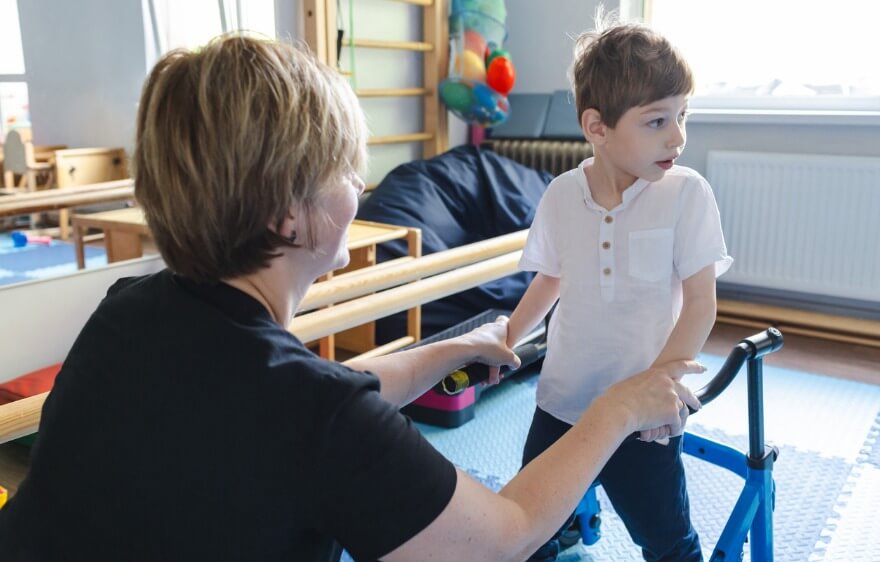Last week we started a series on how to continue to make progress on articulation targets, whether they’re actively engaged in therapy or on a break (you can read the whole series here). This week, we wanted to give you some tips on how to use the principles of Project-Based Learning (PBL) to weave articulation therapy into your day.

Now, we have talked a little bit about PBL before, but just in case it is a new concept for you, PBL is a teaching philosophy that engages students in their learning by asking them “to investigate and respond to a complex question, problem, or challenge.” Buck Institute for Education breaks it down into several essential elements, including:
- in-depth inquiry – asking and finding answers to their own questions
- driving question – honing in on one essential and intriguing question that they want to answer
- voice and choice – they are able to decide what the final project will be, and how they will arrive at the final destination, with the adult acting as a guide
- feedback and revisions – an adult offers feedback about the project and revisions are made
- public audience – the project is shared with people who were not involved in the making of the project, including peers and other community members.
So, there’s your theoretical background. But I know what you really want is the practical stuff, right? So, if you want to give this sort of therapy a whirl, here’s a 5 step guide that will help you get started. Before I give you the goods, though, I want to remind you to, above all else, be mindful of focusing on the target sound whenever you’re working on the project. Even though this is a somewhat holistic approach to speech therapy, the bottom line is that is is the repeated correct productions of the target sound that will re-wire the brain and clean-up the sound.
- Sit down with your kiddo and see if you two can hone in on one or two questions that they have about their speech and/or speech therapy. Maybe it’s about how their sound is made, how a speech pathologist chooses a sound to work on, how the articulators work, how a thought is turned into a word . . . really, anything related to their articulation is fair game. Remember to catch the that target sound whenever you possibly can in conversation!
- Support your child in deciding what sort of project they would like to do, how they will share it, and with whom. Some ideas might be making a video, producing a pamphlet, writing a fictional story or poem, making a poster, or making another type of art. The project should be developmentally appropriate and of interest to your child . . . younger children could do a drawing while dictating to you, older children could use the computer independently. Are you remembering to listen for and practice that target?
- Support your child in conducting the research necessary to answer their central question. This could include doing things like visiting the library, interviewing a speech pathologist, or, of course, doing google searches. Can you find the target sound on the keyboard? In a research book?
- Support your child in producing their project to the extent that they need help, but being careful to act as a coach in the process. Offer constructive feedback and help with revisions. Have they incorporated their sound into the project? Are there additional places it could be added?
- Share the project and the new knowledge with a wider audience. Post that video to YouTube (either publicly or via a private, invitation-only channel). Print that pamphlet up and give it to your speech therapist to distribute. Scan the art and email it to friends and family. Make sure your child has an opportunity to hear and answer questions and receive feedback from their audience. You know what I’m going to say next, right? This presentation part is a perfect opportunity to practice that target sound!
Does this sound like something you could do with your child? If you give it a go, we’d love to hear from you! Next week, we’ll give you some tips on how to make working on speech part of your everyday routine. See you then!





